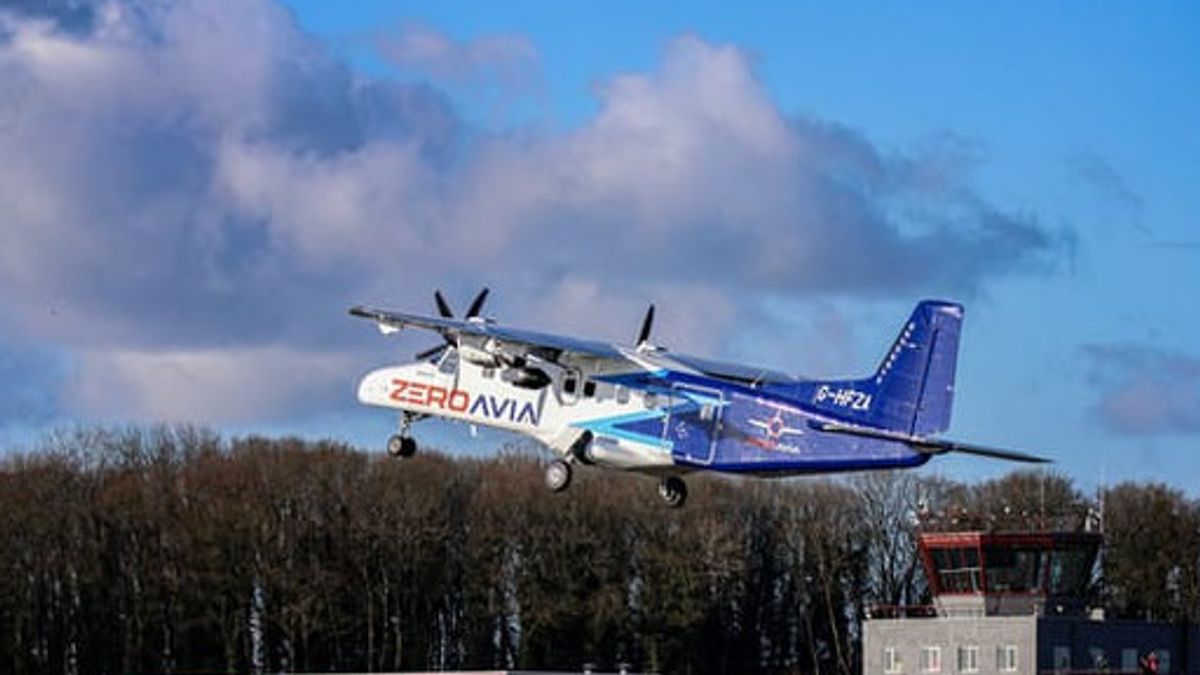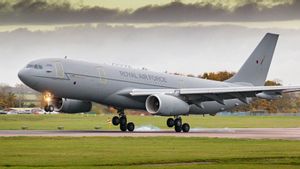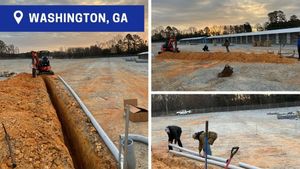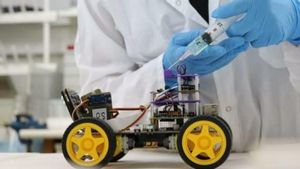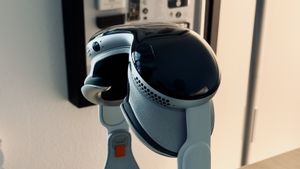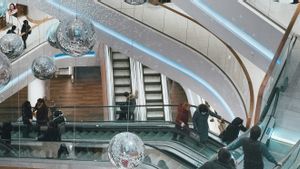JAKARTA - ZeroAvia successfully flew a plane powered by an electric hydrogen engine for 10 minutes at Cotswold Airport in Gloucestershire, England on Thursday, January 19.
This important flight is part of project HyFlyer II, a major R&D program supported by the UK Government's flagship ATI Programme, which targets the development of a 600kW powertrain to support 9-19 seater aircraft worldwide on zero-emission flights.
In this test configuration, the hydrogen-electric powertrain comprises two fuel cell stacks, with a lithium-ion battery pack providing peak power support during takeoff and adding additional redundancy for safe testing.
Today, #ZeroAvia made #aviation history. The 19-seat Dornier 228 testbed #aircraft took to the skies above England's Cotswolds with the leftside propeller powered by a #hydrogen-electric powertrain. A huge step for #zeroemission aviation. Read more: https://t.co/dqETTlmbmp pic.twitter.com/dgaCDw4Cfv
— ZeroAvia (@ZeroAvia) January 19, 2023
“This is a huge moment, not only for ZeroAvia, but for the aviation industry as a whole, as it shows that true zero-emission commercial aviation is only a few years away,” said Val Miftakhov, ZeroAvia, Founder & CEO in an official statement shared on Twitter. .
According to him, the first flight of the 19-seat ZeroAvia aircraft demonstrated how scalable the company's technology is and highlighted the rapid progress of zero-emission propulsion. However, Miftakhov said that this is just the beginning.
SEE ALSO:
“We are building a future of aviation without a sustainable climate impact. Our approach is the best solution for accelerating clean flights at scale. Congratulations to everyone on our team and all our partners and stakeholders on the collective efforts that have brought us to this monumental day in history."
All systems work as expected. This is the largest ZeroAvia engine tested to date, and puts the company on a direct path to a certifiable configuration to complete and submit for certification by 2023, with the program also serving as a key to unlocking rapid technology development for larger aircraft.
Of note, this flight test campaign was conducted under a full Part 21 flight permit with UK CAA, which is a much more stringent requirement compared to the E-Conditions framework that ZeroAvia used for flight tests of the 6-seat prototype in previous years. This signifies the maturity of the company's processes and design approach and its readiness to proceed towards full commercial certification of its power plants.
The English, Chinese, Japanese, Arabic, and French versions are automatically generated by the AI. So there may still be inaccuracies in translating, please always see Indonesian as our main language. (system supported by DigitalSiber.id)
